18650 lithium-ion battery has become a good player for its great energy density, long lifetime, and reliability. Understanding of 18650 battery voltage characteristics is critical for optimizing performance and safety. Let’s embark on this journey of 18650 battery voltage.
18650 Battery Voltage Basics
Before we dive into 18650 battery voltage, it’s essential to understand the fundamental voltage from advanced concepts and applications.
18650 Nominal Voltage
The nominal voltage of an 18650 battery is usually 3.6V or 3.7V. This is referred to as the cell’s “average” voltage during the discharge cycle.
The nominal voltage is distinguished from differen li ion battery models.For example, when a device is marked with”3.7V lithium-ion battery,” it’s referring to the nominal voltage of 18650 cells.
Full Charge Voltage
When an 18650 battery is fully charged, its voltage reaches approximately 4.2V. It is the maximum safe voltage of standard 18650 cells.
Discharge Cutoff Voltage
The discharge cutoff voltage, known as the low voltage limit, is around 2.0V to 2.5V for 18650 batteries. This voltage should be considered as “empty” and the 18650 batteries should be charged.
The voltage dropping under discharge cut-off voltage may damage the 18650 li-ion cells. However, the battery management systems are designed with a discharge cut-off voltage function.
Different Voltages of 18650 Cells with Different Materials
The basic voltage knowledge is mentioned to 18650 cells at the beginning of the article. You should recognize that different chemical compositions will have slight variations in voltage characteristics.
- Lithium Cobalt Oxide (LiCoO2): This cell has a nominal voltage of 3.6V and is known for its high energy density.
- Lithium Manganese Oxide (LiMn2O4): These cells offer thermal stability compared to LiCoO2 with a nominal voltage of 3.7V.
- Lithium Nickel Manganese Cobalt Oxide (NMC): These cells also have a nominal voltage of 3.6V or 3.7V and provide a good balance of energy density and power capability.
- Lithium Iron Phosphate (LiFePO4): These cells have a lower nominal voltage of about 3.2V with excellent safety characteristics and long cycle life.
If you’re designing a system that requires higher voltage, you might opt for LiMn2O4 or NMC cells over LiFePO4 cells.
18650 Battery Voltage Range
Because we’ve covered the basic voltage points, let’s explore the various voltage ranges that characterize the operation of 18650 batteries.
Normal Working Voltage Range
The normal working voltage range of an 18650 battery typically is between 3.0V and 4.2V. As you use the device with powered the battery, the voltage gradually decreases. The decreasing rate depends on various factors, including the discharge current and the battery’s capacity.
Safe Voltage Range
The safe voltage range for an 18650 battery is slightly wider than its normal working range which is from 2.5V to 4.2V.
Upper Limit (4.2V): Beyond this voltage, it will cause electrolyte breakdown and thermal runaway.
Lower Limit (2.5V): The battery’s chemistry may change irreversibly, resulting in capacity loss when the voltage is under a lower limit voltage.
Its role is to design battery management systems to protect the cell voltage within the safe range at all times.
Relationship Between Voltage and State of Charge (SOC) of Battery
The state of charge (SOC) of a battery represents how much energy is stored in the battery compared to its full capacity. While voltage is related to SOC, the relationship is not linear.
Here’s a general guide to the relationship between voltage and SOC for a typical 18650 cell.
| Voltage | State of Charge (SOC) |
| 4.2V | 100% SOC |
| 4.1V | ~90% SOC |
| 4.0V | ~80% SOC |
| 3.9V | ~70% SOC |
| 3.8V | ~60% SOC |
| 3.7V | ~50% SOC |
| 3.6V | ~40% SOC |
| 3.5V | ~30% SOC |
| 3.4V | ~20% SOC |
| 3.3V | ~10% SOC |
| 3.0V | ~0% SOC |
These values are approximate and based on the specific cell chemistry and other factors. The voltage drops more quickly at the beginning and end of the discharge cycle, with a more gradual decrease in the middle range.
Factors Affecting the Voltage of 18650 Cells
Understanding these factors affecting the voltage of 18650 cells will predict battery behavior and optimize battery-powered systems.
Temperature
High Temperatures (above 45°C or 113°F) will increase the internal resistance and voltage. Besides, the chemical reactions will bring faster self-discharge in the high-temperature environment.
Low Temperatures(below 0°C or 32°F) also will increase the internal resistance and release less capacity with a noticeable voltage drop.
You should keep 18650 cells within a temperature range of 20°C to 25°C (68°F to 77°F) during the usage and storage.
Internal Resistance
Internal resistance is a key factor affecting battery voltage. with a battery life cycles increasing,its internal resistance will be increased. Higher internal resistance will make the voltage drop faster underload and increase heat.The internal resistance plays a important role in the battery health and performance capabilities.
Discharge Rate
The discharge rate affects its voltage. Higher discharge rates (i.e., drawing more current) bring the voltage drop faster,higher capacity consumption and heat.
The discharge rate will affect the internal resistance and the dynamics of the electrochemical reactions within the cell. When selecting 18650 cells for a customization solution, we should consider the discharge rate.
18650 Life Cycles
When the life cycles reach the remaining 70%, the voltage of 18650 will drop faster and the internal resistance become higher. You should make disposal as the guidance from the custom lithium ion battery pack manufacturer.
18650 Battery Charging
Right charging methods maintain the performance and longevity of 18650 batteries. Let’s explore the key aspects of charging these cells.
Standard 18650 Charging Voltage
The standard charging voltage for most 18650 Li-ion batteries is 4.20V ± 0.05 V. But slight charge and discharge will improve the battery reliablity and life cycles. You should consider a charger solution from the custom battery pack manufacturer.
The following table describes in more detail the charger specifications for each voltage type of lithium-ion battery pack.
| Charger Specification | Charger Max Current | 3.7V li-ion battery |
| 4.2V | 2A | 7.4V li-ion battery |
| 8.4V | 1A | 11.1V li-ion battery |
| 12.6V | 4A | 14.8V li-ion battery |
| 16.8V | 4A | 18V li-ion battery |
| 21V | 4A | 21.6V li-ion battery |
| 25.2V | 2A | 25.9V li-ion battery |
| 29.4V | 2A | 36V li-ion battery |
| 42V | 5A | 43.2V li-ion battery |
| 50.4V | 8A | 43.2V li ion battery |
| 54.6V | 4A | Li-ion Battery Pack Specification |
18650 Battery Discharge
The discharge curve of an 18650 battery illustrates how the voltage changes. A typical discharge curve for an 18650 lithium-ion battery has three main phases.
Initial Drop: When the load starts, there’s a small and rapid voltage drop due to the battery’s internal resistance.
Gradual Decline: The majority of the discharge cycle is characterized by a gradual, nearly linear voltage decline.
Rapid Drop: As the battery nears complete discharge, the voltage begins to drop more rapidly.
Here’s an approximate representation of a typical discharge curve:
- Starting Voltage: 4.2V (100% charge)
- The voltage at 80% charge: ~3.9V – 4.0V
- The voltage at 50% charge: ~3.6V – 3.7V
- The voltage at 20% charge: ~3.3V – 3.4V
- Cut-off Voltage: ~2.5V – 3.0V (0% charge)

You may note that the exact shape of the curve vary based on factors such as discharge rate, temperature, and the specific chemistry of the cell.
Frequently Asked Questions about 18650 Battery Voltage
Q: Can a 3.7V battery replace a 4.2V battery?
A: 3.7V is a rated voltage of lithium battery and the max charging voltage is 4.2V. The nominal voltages of 3.7V and 4.2V are equivalent when it comes to size and capacity.3.7V battery can replace a 4.2V battery.
Q: What is the maximum output of the 18650 battery?
A: The 18650 battery’s current maximum capacity is 3500mAh. The 3500mAh LG MJ1 is a widely accessible large-capacity cell.
Q: What happens when the battery voltage exceeds 4.2V?
A: When the battery voltage exceeds 4.2V, it makes the battery short circuit and damages the battery pack.
Q: How many 18650 batteries are needed for 12 volts?
A: 3pcs NMC 18650 cells connected in series will generate 11.1V same as the industry name 12V.
If you are looking for 18650 battery packs, please contact CM Batteries.

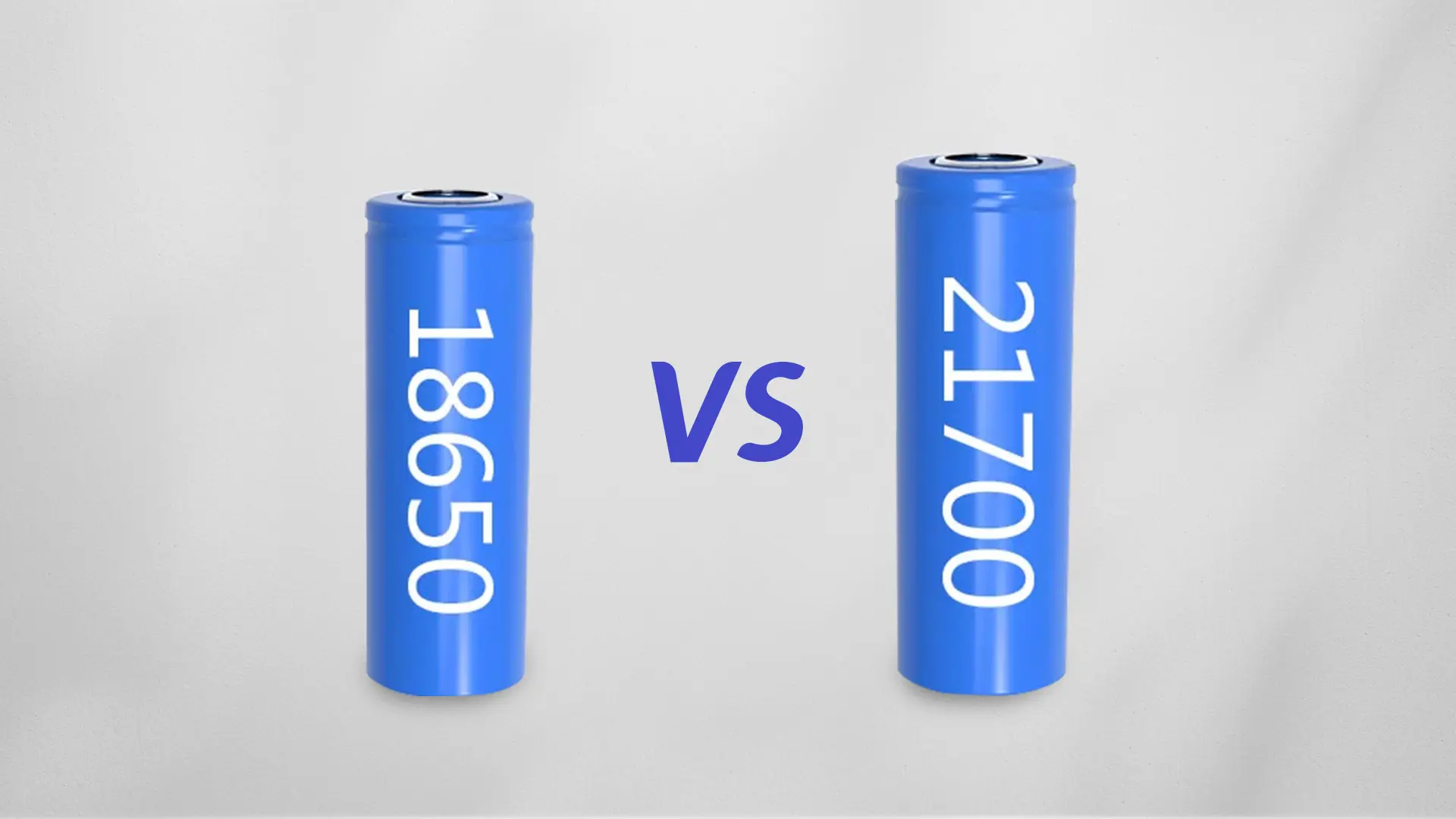
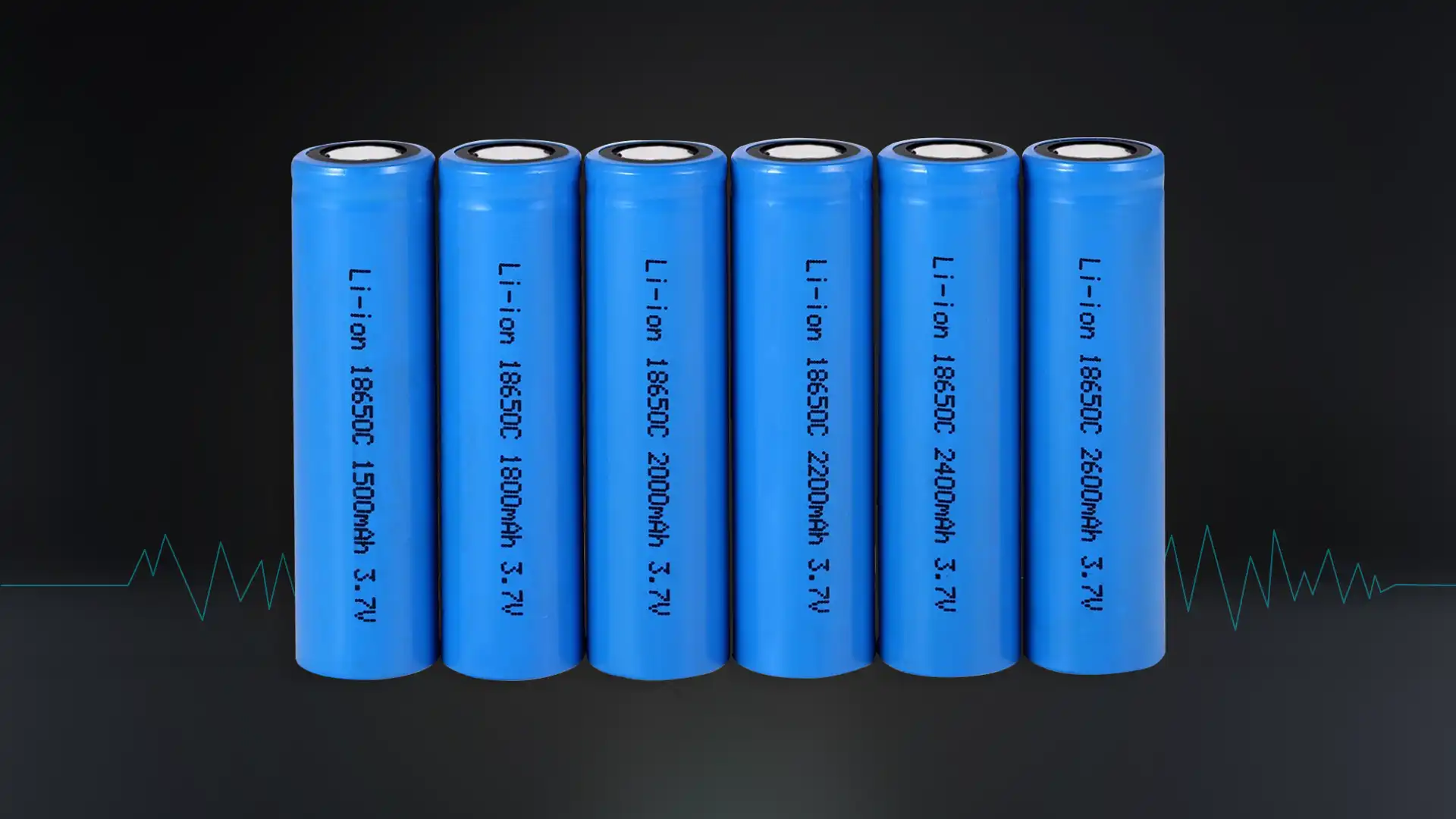
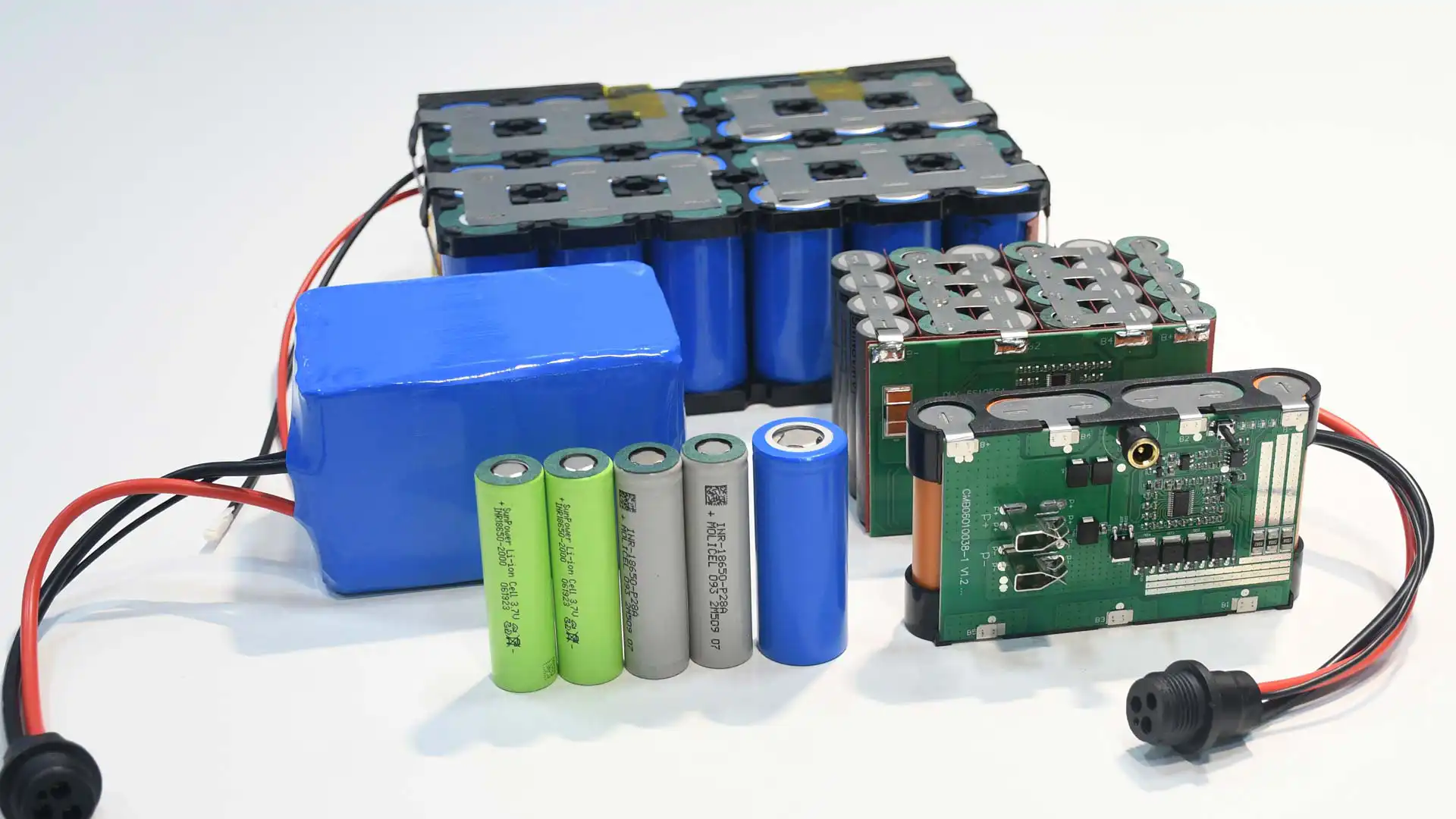

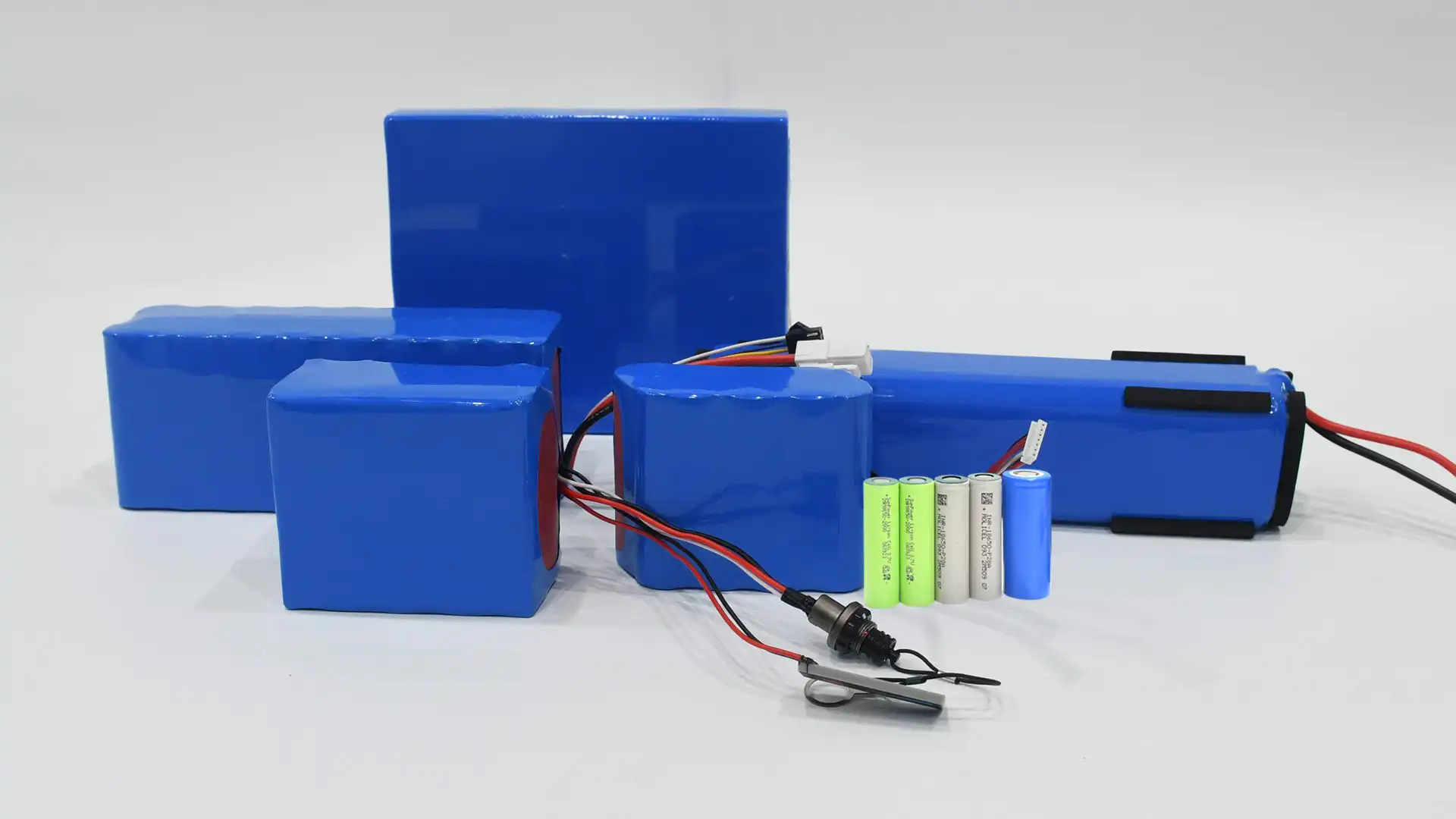

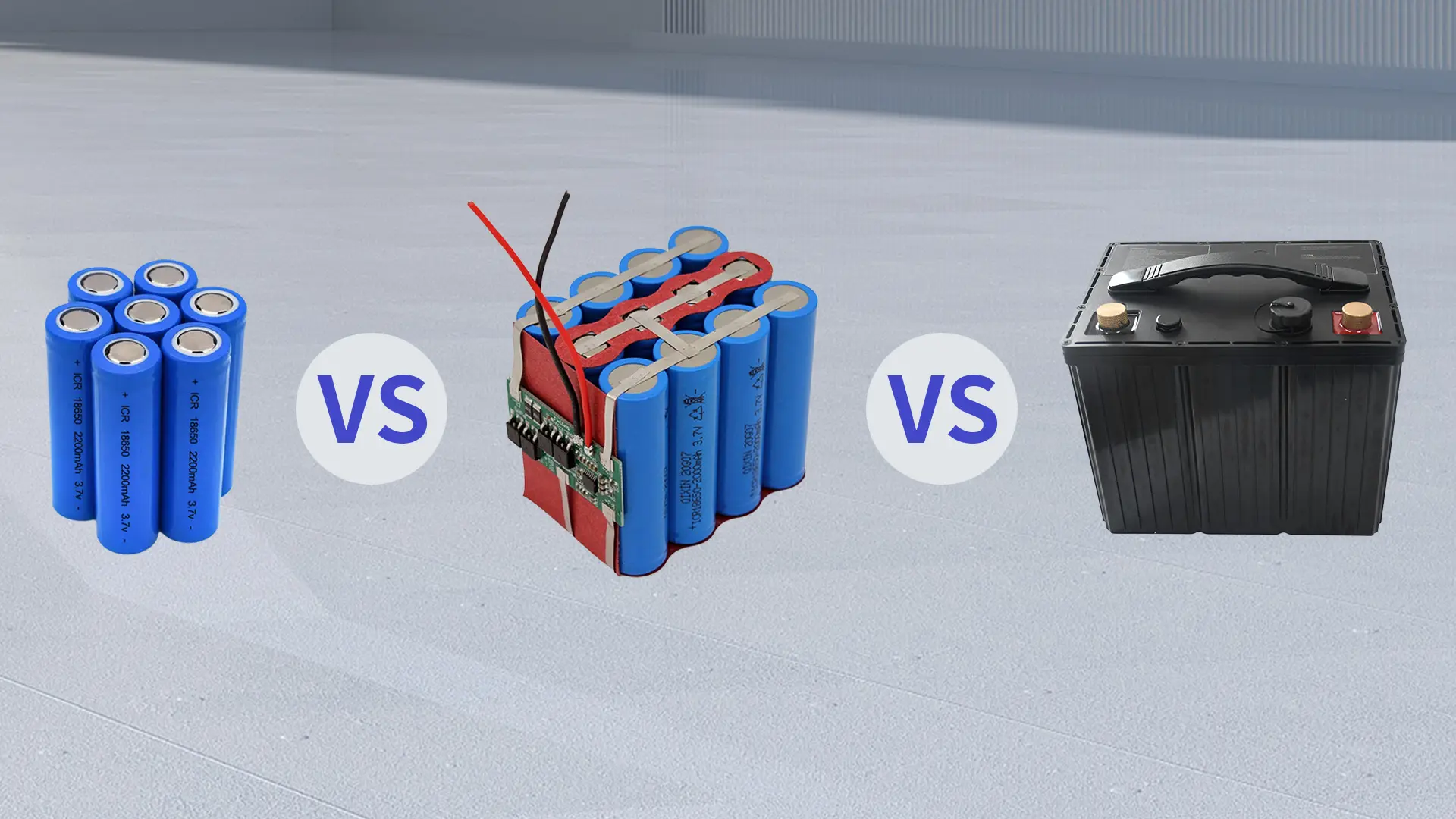




4 thoughts
Le tableau sur les spécificités des chargeurs est incompréhensible et surtout ne veut rien dire par exemple une batterie 3s peut supporter 2A en charge comme 50A tout dépend du nombre de cellules en parallèle et de leur capacité en charge
Vous avez tout à fait raison : le courant de charge d’une batterie 3S dépend effectivement du nombre de cellules en parallèle dans le pack ainsi que de la capacité de charge de chaque cellule.
Gracias por la información publicada.Me gustó el artículo, es necesario tener información confiable a la hora de tomar decisiones importantes, sumado a los cálculos de autonomía dependientes del rango de temperatura óptimo de trabajo garantiza una vida útil más elevada, así que estamos limitados por la temperatura ambiente y las condiciones técnicas y económicas del proyecto. Saludos desde Argentina